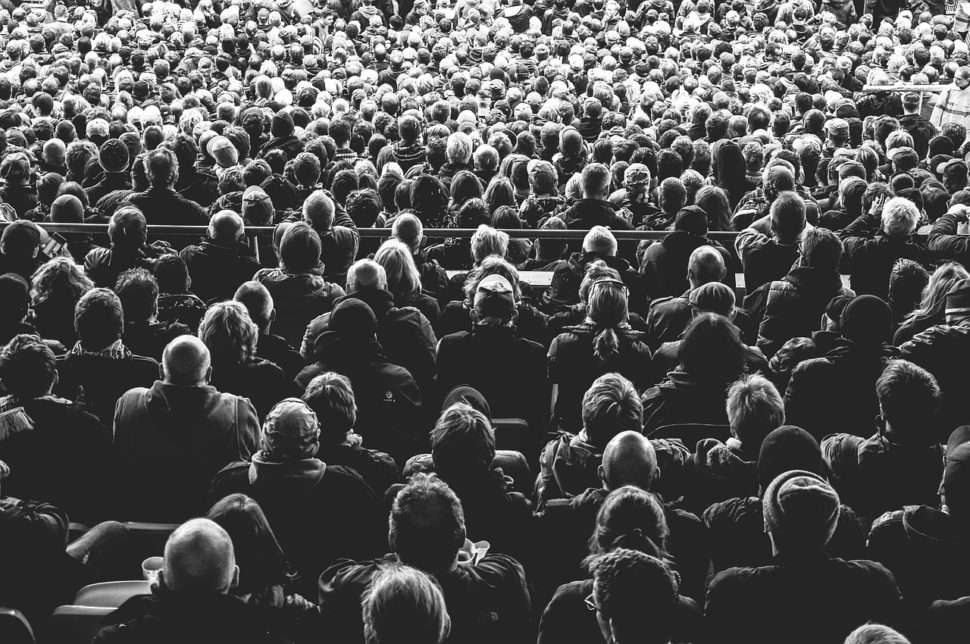Genes play an essential role in determining how beautiful a person looks.
However, according to recent University of Wisconsin-Madison study, the role varies with the individual’s gender.
As humans, we tend to be preoccupied with beauty. Several studies have linked perceived attractiveness with academic and career successes as well as economic mobility.
While the significant impact of beauty in our everyday lives is undeniable, few pieces of research have covered the genetic basis of having a pretty face – until now.
The Complex Relationship Between Facial Beauty and Other Human Traits
According to a recent publication in PLOS, Qiongshi Lu and colleagues at the University of Wisconsin-Madison performed a genome-wide association study.
Using genetic information from 4,383 participants, the researchers wanted to identify the part of the genome responsible for facial beauty.
So, they compiled yearbook photos of participants with European ancestry and had volunteers score each picture based on attractiveness. Then, the researchers compared the assigned score with the individual participant’s genetic information.
In the end, Lu and his colleagues identified several genes linked with facial attractiveness in humans. However, they also noted that the roles and link to other human traits are not the same for every sex.
For example, genetic variants linked to beauty in women also have an impact on body mass. But in men, the variant is related to the gene that affects blood cholesterol levels.
Author of the study and assistant professor of biostatistics, Qiongshi Lu wrote:
“Similar to many other human traits, there is not a ‘master gene’ that determines a person’s attractiveness. Instead, it is most likely associated with a large number of genetic components with weak effects.”
The study not only provides an interesting insight into the genetic factors behind facial beauty, but it also identifies the links between attractiveness and other traits.
With that said, the study’s findings may not apply to every individual.
The researchers revealed that the participants are a homogenous group of individuals who share the same age and ethnic background. Naturally, this raises a generalization question.
To answer the question, they suggested that future analysis would include a larger sample size from diverse culture and ages.
Perhaps we’ll have a better understanding of this highly-valued human trait.



















Comments (0)
Most Recent